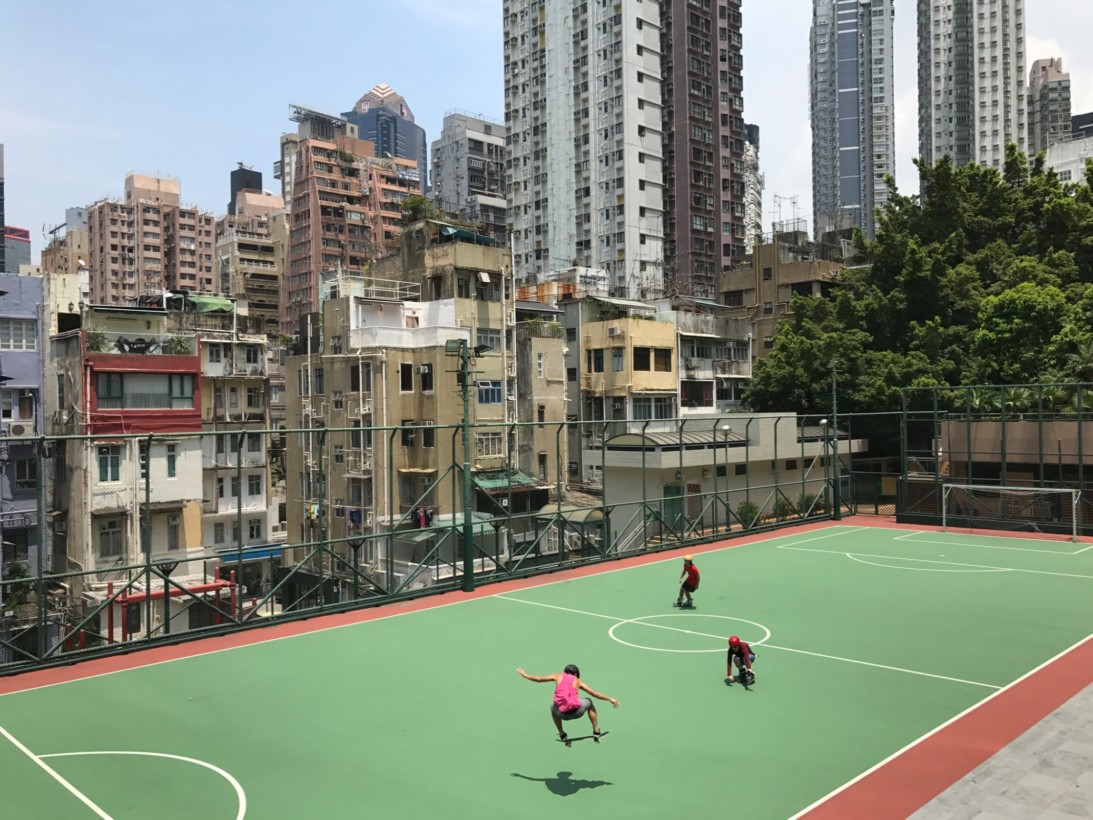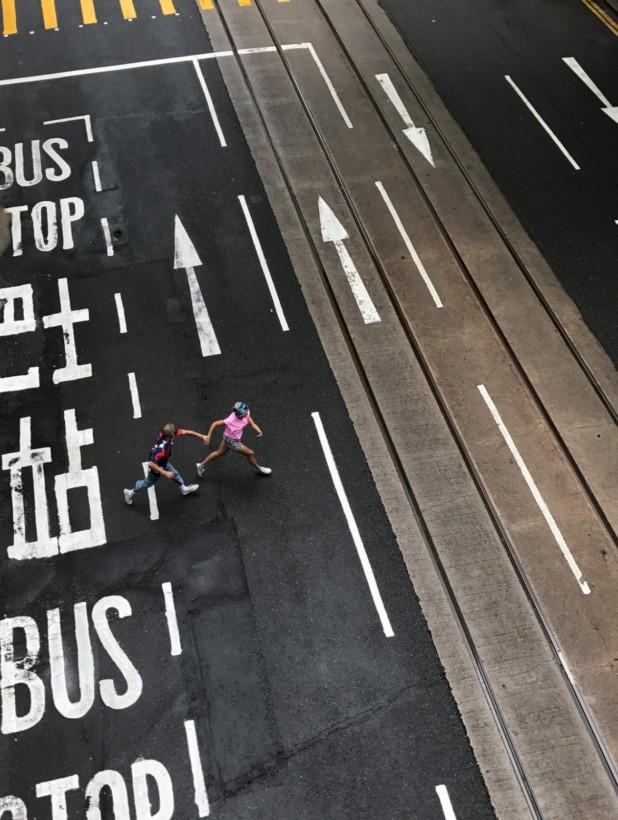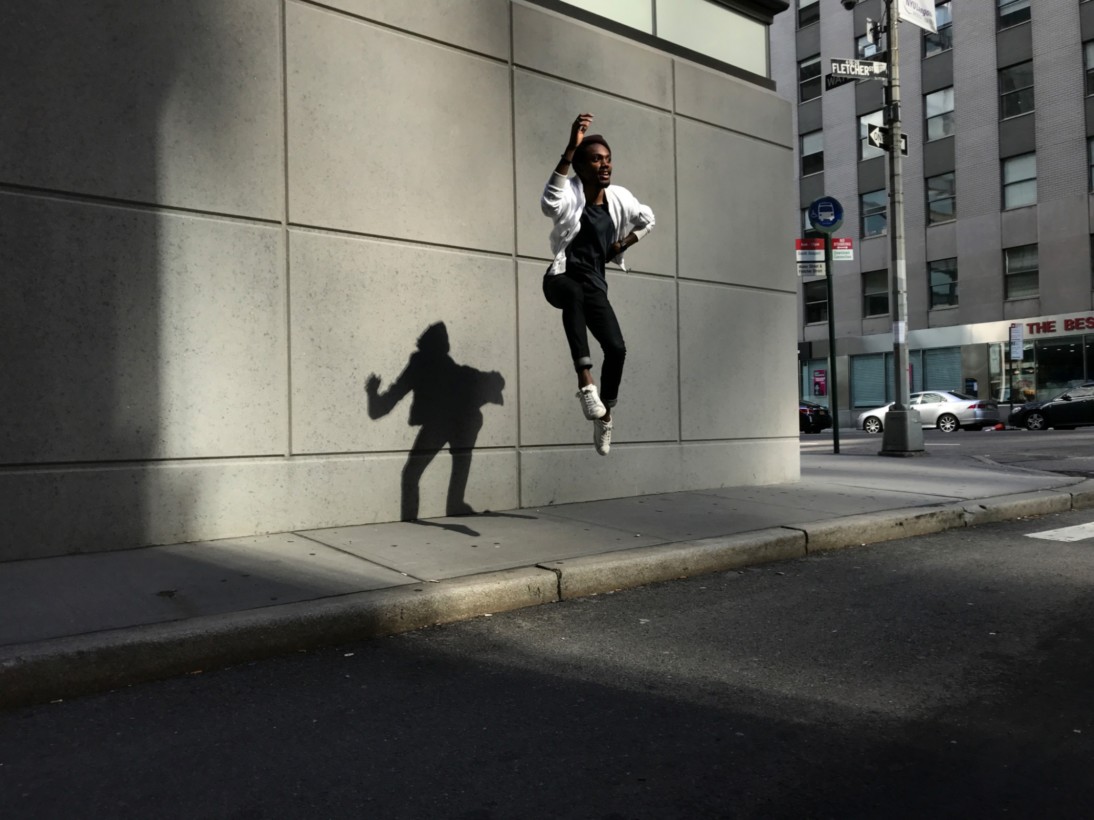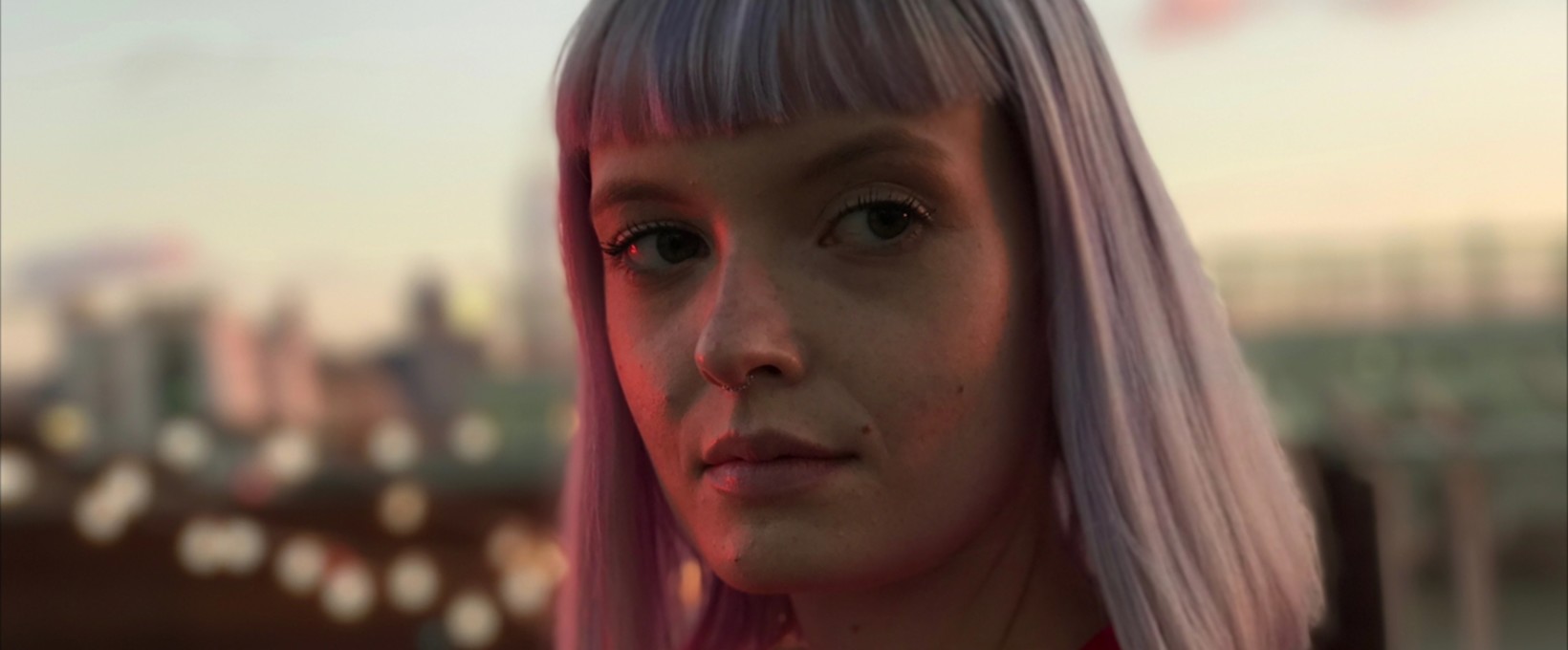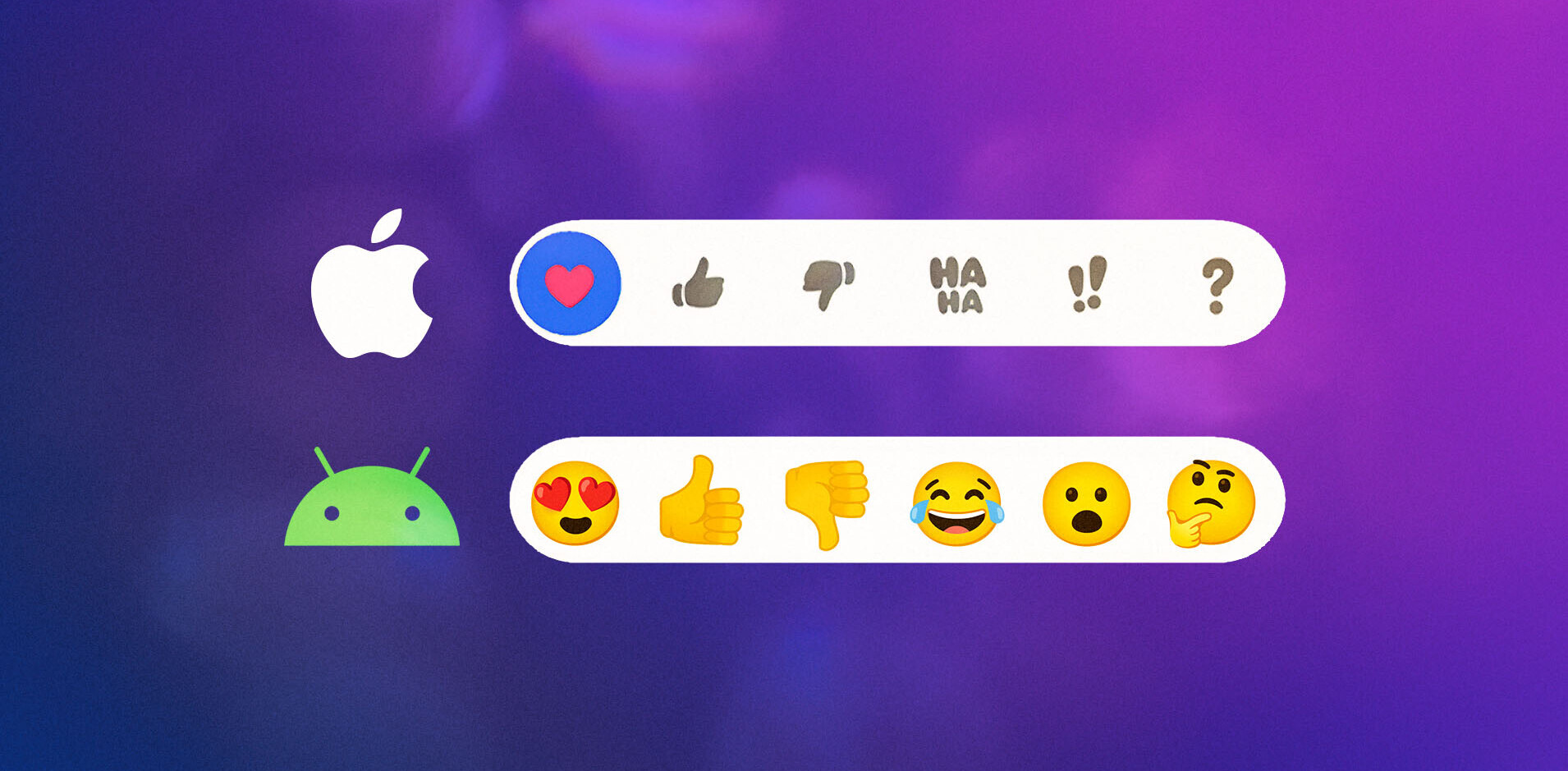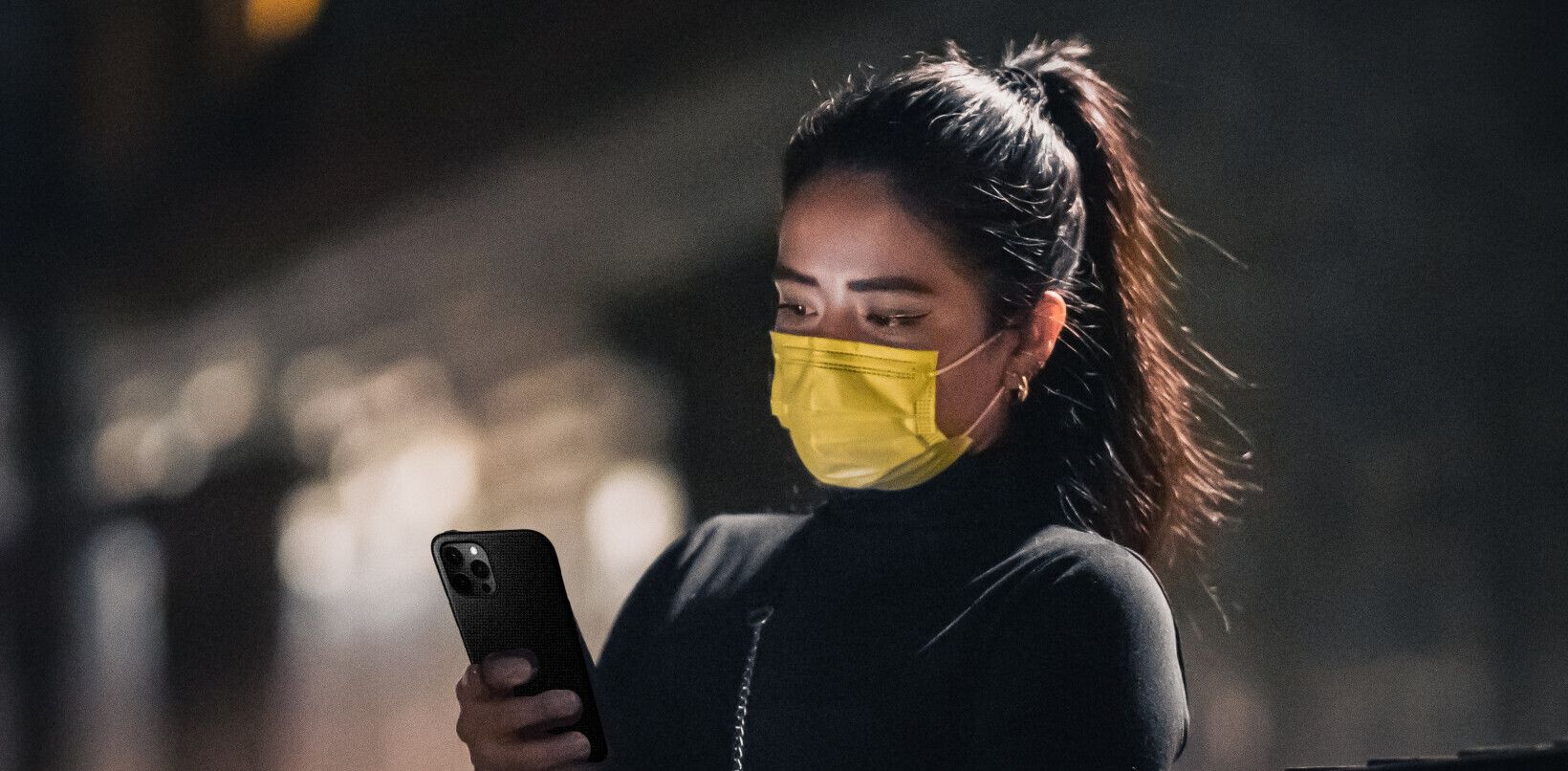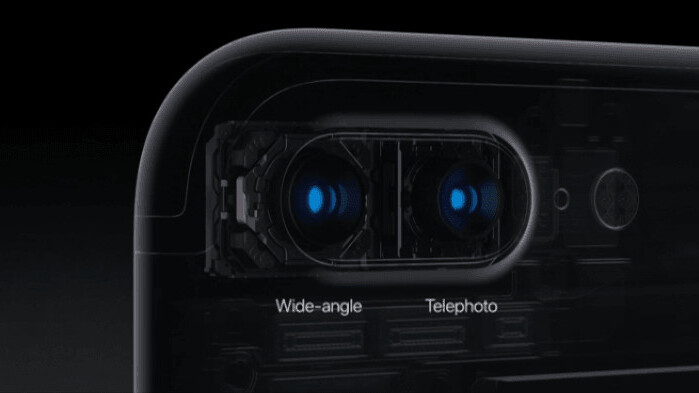
Apple is changing the ways you’ll take photos with the iPhone 7. While the smaller model includes fairly standard generational improvements, the iPhone 7 Plus brings some truly innovative features.
iPhone 7: Brighter and stabilized
First, the more boring update. On the smaller model, there’s a wider F1.8 aperture and a six-element lens, shining on a larger sensor. Apple flaunted the sensor’s ability to take photos in low light in particular, which is a given the new hardware and finally including optical image stabilization on the smaller iPhone model.
Apple says it’s the best singular camera on any device yet – because course they do. But sample photos the company has uploaded do look quite nice:
Here’s a sample video demonstrating the image stabilization. The iPhone 7 shoots in 4k as before, but this time bumps up slow-mo video to 1080p:
These are all solid images, but taken by professional photographers. Colors look good and dynamic range looks decent, but it’s still very much a smartphone; I notice some muddy detail and clipped highlights.
Then again, those aren’t things the average user is likely to notice. More important may be that Apple is copying Microsoft’s excellent Pix app app to use some machine learning tricks to tune exposure and color around your subjects. This is powered by a new image signal processor (ISP) that lets the iPhone capture photos in as little as 25 milliseconds.
iPhone 7 Plus: DSLR wannabe
The iPhone 7 may end up being the best singular camera on an iPhone, but the 7 Plus is actually doing something much more exciting. It’s using a clever combination of hardware and software to achieve certain features normally only available to larger shooters like DSLRs or mirrorless cameras. It’s copying ideas started by HTC and Huawei, but taking them to a new level.
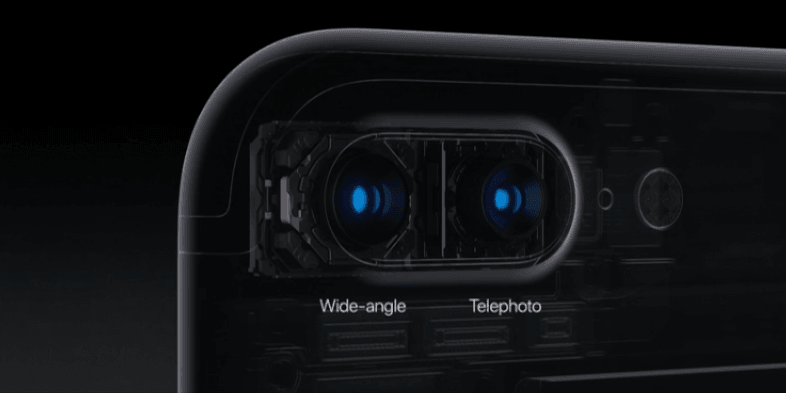
This is thanks to pairing a standard wide angle lens with a telephoto one. The first trick is combining optical ‘zoom’ with digital zoom.
There are quotes around the first ‘zoom’ because it’s really just having a second lens at a tighter focal length rather than actual zooming. Still, it’s much better than simply cropping the image like the zoom function on almost every other smartphone.
Tap once on the image, and the iPhone will switch to the telepoto lens. You can then pull a slider to use digital zoom up to 10x with less degradation than before thanks to the telefoto lens.
Now for the really interesting tidbit: Apple is also working on implementing shallow depth of field (called it!).
The Huawei P9, Honor 8, and HTC One M8 all beat apple to the punch, but Apple appears to be using a different implementation.
You can now enter a new Portrait mode to try out the shallow depth of field effects. The camera then uses machine learning in order to create a 3D depth mask of people’s faces, calculating how much to blur objects and subjects at different distances. It’s not clear if the iPhone 7 Plus is also combining both cameras to use parallax the way Huawei does, or if it creates a depth map purely via processing.
Whatever the technique, in the samples Apple showed, the photos looked much more believable than what I’ve been able to get from Huawei’s P9, and much closer to an image from my mirrorless camera. The camera seems to handle complicated edges with decent results; hair always proved a pain point in my time with the P9 and the earlier One M8, but the iPhone 7 handles it quite realistically at first glance in Apple’s controlled images.
The bokeh (a photography term for the way a camera renders out of focus areas) does look a bit too artificial; no real camera produces bokeh that smooth. But then, I’m not sure the average user will be able to tell the difference.
It’s also worth noting that Apple is calling it specifically a ‘portrait’ mode and only showed it being used on faces. It might be the company is not confident enough to try its hand at using shallow depth of field in other scenarios, again, perhaps because it relies heavily or solely on the machine learning aspect.
You get a live preview of the depth-of-field effect, too, but no word on if you can adjust focus after a shot has been taken, however.
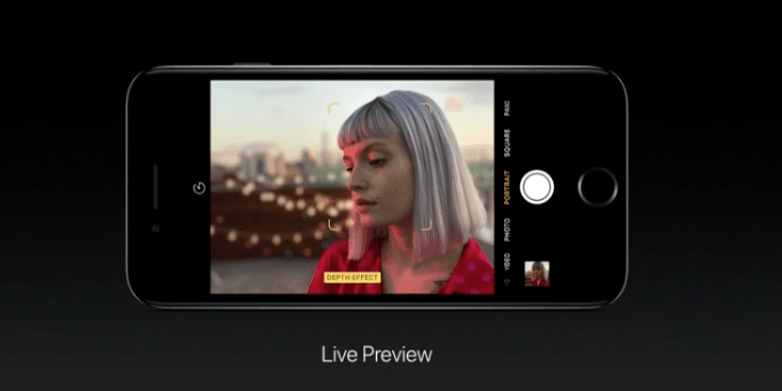
If implemented effectively, portrait mode is going to be a game-changer for mobile photography. Shallow depth of field control is the most obvious differentiator of high-end camera rigs compared to smartphones. If Apple gets this right, along with the two focal lengths, it’s going to give a lot of pros and enthusiasts even more reason to leave their large rigs at home.
Unfortunately, you’ll have to wait for an update coming ‘later this year’ to try out the shallow depth-of-field features, as Apple is still working out some kinks.
Other tidbits
On both cameras, the icing on the cake for pros will be the new RAW photography abilities, letting you pull greater detail and dynamic range for editing images.
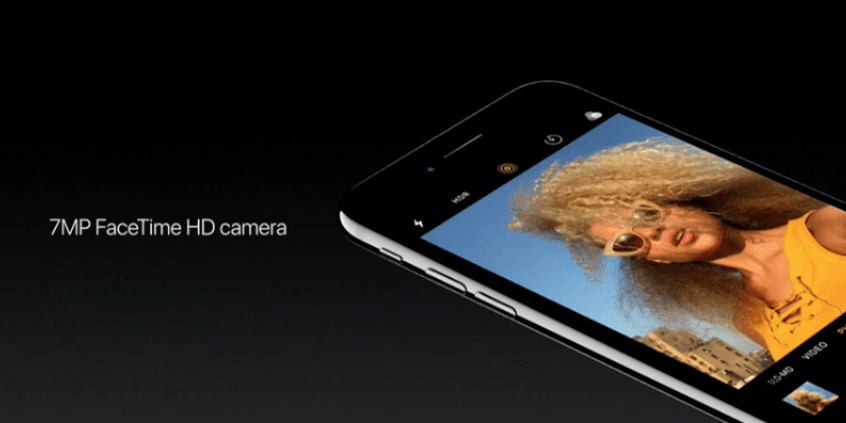
The true-tone flash has been improved with four LEDs instead of two, able to put out 50 percent more light. Meanwhile, the front facing camera has been improved from 5 MP to 7 MP and includes deep trench isolation for sharper pictures and more accurate colors. The cameras can also now take photos in as little as 25 milliseconds.
While the iPhone 6 and 6 Plus were pretty much only differentiated by optical image stabilization, it seems this time Apple is positioning the larger device as the definitive superior shooter. We’ll have to wait and see how the devices shape up in the real world, but right now Apple looks poised to take the crown of best smartphone camera back from Android flagships like the Huawei P9 and Samsung’s 2016 devices.
Follow our coverage of Apple’s iPhone 7 keynote and find the latest stories about it here.
Get the TNW newsletter
Get the most important tech news in your inbox each week.


